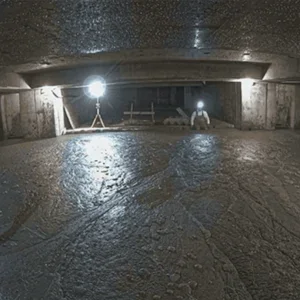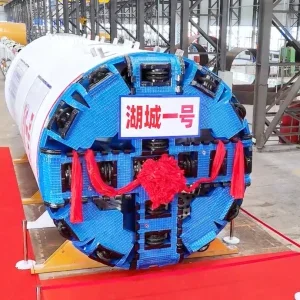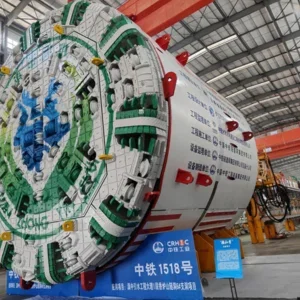On 31 May, both TBMs broke through on the 6.11km long Lot 5 of Italy’s Nodo di Bologna twin tunnels after average advances of over 500m each for the past three consecutive months.
When finished, the tunnels will form a connection into Bologna on the Milan to Naples highspeed rail line. The 6,112m of twin bored, single track, running tunnel skirts through the eastern and northern suburbs of Bologna to a new Central Station (Lot 6 of the scheme) north of the city centre. The 8.3m i.d. tunnels are bored with a 15m centreline separation, so they are only 5.6m apart.
Client, TAV RFI is delivering Italy’s highspeed rail network. Italferr is designer and engineer, whilst Geodata is construction designer and TBM construction consultant. Geotechnical monitoring was carried out by Golder Associates and Stone was appointed as TBM monitoring contractor. The contractor for the tunnel works was the San Ruffillo JV, comprising Acciona (formerly NESCO Entrecanales Cubierta of Spain), with Italy’s Salini Costruttori and Ghella.
T&TI was told by Geodata’s Vittorio Guglielmetti that his company was responsible for the construction design, controlling TBM excavation and providing technical advice to the contractor JV. Various excavation parameters were measured in real time to allow close control of the works: Face support pressure; muck apparent density; extracted muck weight; tail void grouting volume and pressure. Guglielmetti said the tunnel was excavated under 1.5 to 1.8 bar pressure on the crown.
The best daily performance for both TBMs was 25 rings, (1.5m long rings), or 37.5m. The best monthly performance was 612m in March for one TBM and 635m in April for the other. April was also the best combined month with 1,182m excavated.
Guglielmetti said the first long stoppage (October 2004 and May 2005) was due to contractual problems (T&TI, Nov 2005, p12); the second in January 2006 was due to ground treatment needed before the second TBM passage and to mechanical problems on the gearboxes of the first TBM.







